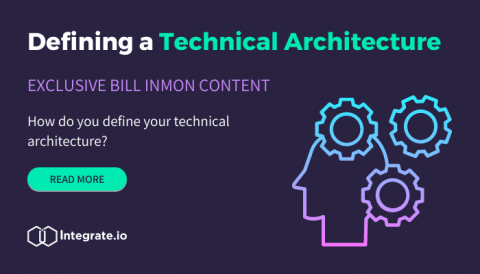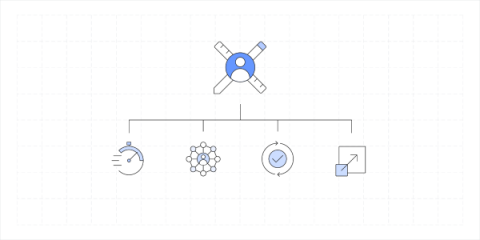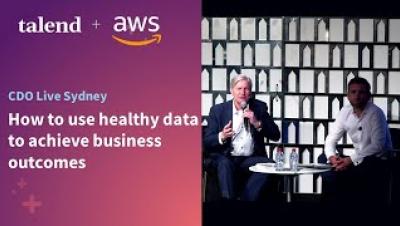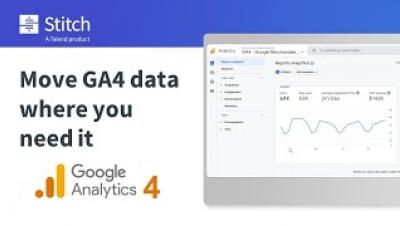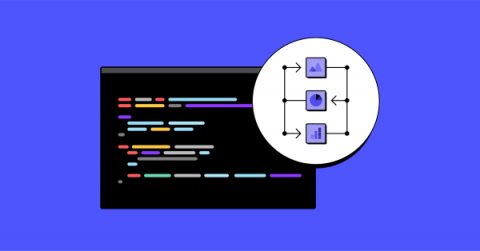Systems | Development | Analytics | API | Testing
Analytics
What is a data lakehouse?
The data lakehouse is a promising new technology that combines aspects of data warehouses and data lakes.
Built with BigQuery: Zeotap uses Google BigQuery to build highly customized audiences at scale
Zeotap is a next-generation Customer Data Platform hosted in Google Cloud aimed at building customized Audience segments and activating at scale.
BigQuery Geospatial Functions - ST_IsClosed and ST_IsRing
Use new BigQuery geospatial functions ST_IsClosed and ST_IsRing
The benefits of working with Fivetran solution architects
Learn how Fivetran solution architects are supporting customers with implementing robust and scalable data platforms.
You Can't Hit What You Can't See
Full-stack observability is a critical requirement for effective modern data platforms to deliver the agile, flexible, and cost-effective environment organizations are looking for. For analytic applications to properly leverage a hybrid, multi-cloud ecosystem to support modern data architectures, data observability has become even more important. I spoke to Mark Ramsey of Ramsey International (RI) to dive deeper into that last subject.
How to use healthy data to achieve business outcomes - an interactive interview with AWS
Minimize your On-Time, In-Full Fines With Snowflake | Tutorial
Moving GA4 data where you need it with Stitch
Data modeling techniques for data warehousing
When setting up a modern data stack, data warehouse modeling is often the very first step. It is important to create an architecture that supports the data models that you wish to build. I often see people going straight to writing complex transformations before thinking about how they want to organize the databases, schemas, and tables within their warehouse. To succeed, it is key to design your data warehouse with your models in mind before starting the modeling process.


